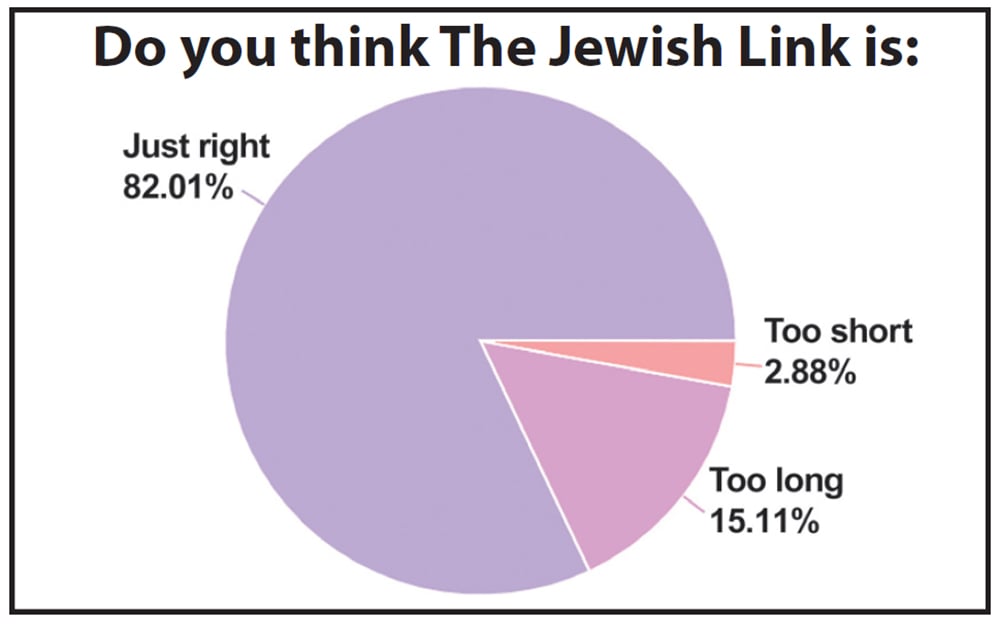The “Yeshiva Tuition Crisis” is quite possibly the Orthodox community’s favorite headline, Shabbat dinner discussion, and all around topic of choice in social situations. Talk abounds, but solutions feel out of reach as tuition climbs at a rate faster than inflation year after year with no relief in sight. The more I talk with friends, family, and other parents the more I realize that for all our talking about yeshiva costs, as a group, parents have almost no idea what those costs are and where their money is going. Parents cry poverty as post-dated checks or automated debits pull ever increasing payments out of bank accounts. Schools cry poverty, to the point where paying staff on time is not always an option.
The stress of tight cash flows breeds anxiety. Anxiety breeds mistrust. Schools have taken ever more aggressive steps to collect funds, further creating an adversarial relationship. Financial aid figures prominently in marketing and fundraising, yet the actual award process is shrouded in mystery and the level of financial disclosure required in the application process is offensively intrusive (to be polite). Anxiety and mistrust breed resentment. Resentful people in an adversarial relationship can hardly be called good fundraising prospects.
Sounds like an oxymoron: financial aid recipients as fundraising prospects. After all, a $250,000/year income family with two children in day school and one child in high school spends roughly 40% of after-tax income on tuition. Hardly seems like a great fundraising target. If that family has a college student or child with any type of disability, their financial situation can only be described as desperate.
But a funny thing happens when those parents are about 10-15 years away from retirement. Earnings are generally higher and children eventually grow up and graduate. Mortgage payments start winding down. Budgeting true ma’aser (tithe) for charity and perhaps even a little extra to catch up for the lean years is suddenly affordable. But resentful people who felt mistreated are hardly our best prospects.
So how does one cultivate highly successful, well-educated professionals and add them to your donor base? (And how else would you describe households earning five times the median U.S. income?) Educate them.
In a recent article, Sacha Lichtman of Measuring Success writes:
“From surveying over 15,000 synagogue members, we know that a key driver for member satisfaction is budget transparency. Transparency allows members to better understand true costs of programs and feel rewarded by knowing that their contribution serves a valuable purpose. Showing congregants where their money is going, involving them in budget priorities, and communicating the value of dues-supported programs are great steps to retaining members and ensuring financial sustainability. (See more at: http://ejewishphilanthropy.com/show-them-what-youre-working-with-how-transparency-leads-to-synagogue-sustainability/#sthash.yZUpE88C.dpuf“)
What does this mean for our day schools? It means that educating parents is as important as educating students. While day schools and synagogues are fundamentally different, there are concepts that translate well. Particularly, that it is difficult to accurately value what we don’t understand.
A school with 800 students and $15,000 a year in tuition and fees per student has $12,000,000 as a nominal income. Then there is a dinner, golf tournament, scholarship breakfast, scrip program, and numerous other fundraisers adding to that income. The revenue is easy to see. The expenses are more opaque. The natural assumption, therefore, is that the school has plenty of money.
So how much do our schools spend? Where does the money go? What is the actual expense per student per year for the entire school? Is the list price for tuition reflective of the actual cost per student? Higher? Lower? How is the money divided between direct classroom instruction (teachers, guidance counselors, librarians, and resource rooms), indirect classroom instruction (administrators and academic office staff), and operations (business office staff, insurance, utilities, maintenance staff, etc.)?
If parents can trust that their money is being spent prudently, they will dig a little deeper. If they believe, however mistakenly, that money is being squandered, the opportunity to nurture financial support post-graduation is lost.
Moriah Day School is to be commended for its new TAP program. By providing a published sliding scale of tuition for families with incomes between $140k and $360k and multiple children in day school, they have taken the first step toward financial transparency. Rather than sit in judgment of family spending, they have let parents know how much they should set aside for tuition. The rest, they are letting us know, is up to us. Want to drive a 20-year-old Corolla and send your kids to an exclusive summer camp? Go for it. Want to lease a new luxury car every 36 months and live in a smaller home? Not our concern. Eat rice and beans every Shabbat and head off to an exotic hotel every Pesach? Enjoy! Bottom line, Moriah is telling parents: Pay your taxes and your tuition and the rest is up to you.
Of course, life is not this simple and neat. There will always be legitimate reasons why a particular family cannot set aside the desired percentage of income for tuition. Moriah’s Financial Aid committee will have plenty of legitimate applications for aid over and above the published scale. I imagine the committee members will be relieved to pull back from wading through the private finances of friends and neighbors for relatively small awards and focus their attention on families that need greater assistance. Moreover, the trust built up with families earning $140k+/year has the potential to pay dividends in the years ahead.
Why don’t all schools adopt a similar model? Is it the fear that giving families making $250k/year who have been paying full tuition some relief will cost too much in lost revenue?
Moriah’s challenges in recent years have been documented in the media. Will other schools wait for their own moment of crisis before evolving their practices?
Anxiety and stress breed resentment and distrust. Fear, whether it is a general fear of change or just a fear of short-term revenue loss, leads to stagnation. Fear, resentment, and distrust will not solve the tuition crisis.
There is another way. Transparency and disclosure build trust and partnership. Partnerships lead to communication and creativity. Creativity and innovation lead to inspiration and generosity. As a community we have a choice. Which way will we go?
By Richard Langer Executive Director of Hebrew Institute of Riverdale-The Bayit and a parent at Frisch and Yavneh











